
Fur Seal
Fur Seal
Fur Seal
Do you know a marine mammal called a fur seal, which resembles a sea lion? Sometimes they are bred in aquariums, but some people may not be aware of their existence because they are similar to sea lions. Such fur seals are animals that can be seen in various countries today, but they are actually animals that have been involved in a very sad event in the Japan. Let's take a peek at what characteristics and secrets fur seals have in this article!
Fur Seal Basic Infomation
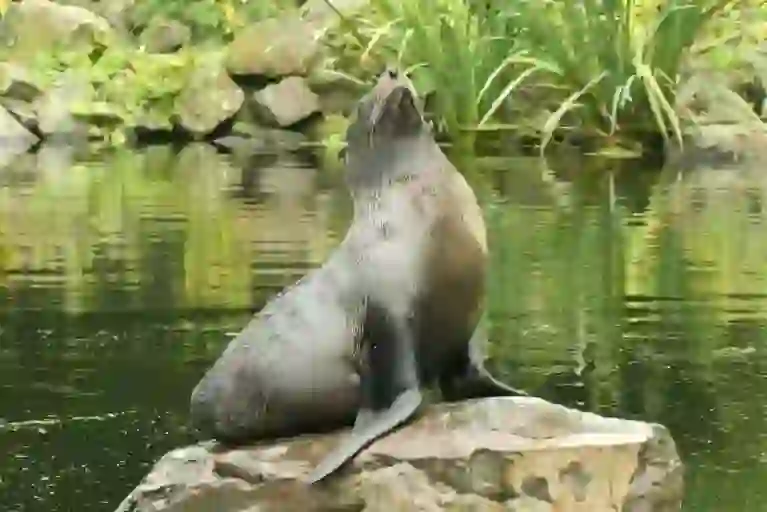
Mammalia-Carnivora-Otariidae.
Northern fur seal. Length:male 2.1m female 1.5m. Weight:male 270Kg female 50Kg.
Fur seals are one species of marine mammals belonging to the sea lion family, and can be broadly divided into two species: northern fur seals (1 species) living in the northern hemisphere and southern fur seals (8 species) living in the southern hemisphere.
However, since the ecology of each species is different, we will mainly talk about northern fur seals here.
Northern fur seals usually live alone or in small groups of several animals, but during the breeding season, one male gathers up to 40 females to form a large herd called a "harem".
Northern fur seals reach sexual maturity about 3~7 years after birth, regardless of gender, but it is said that males can have a harem around the age of 8 to 10.
The gestation period of the female is about one year, and the female gives birth in the harem. Only females raise their children, and males are not involved in raising their young.
By the way, it is known that fur seals look completely different from males and females when they become adults.Males are larger than females and have a rough hairy mane around their necks.
Females, on the other hand, are smaller than males, and the weight difference between males and females is a whopping four times. In biology, animals that can determine the difference between males and females by their appearance are called "sexual dimorphism".
Fur Seal Q&A

The origin of the fur seal name?
An animal called "fur seal" in English and "ottosei" in Japanese. Why is it called ottosei in Japanese this time? We will introduce its origin.
Fur seals were originally called "onnep" in the Ainu language.
Later, this word came to China and became "otsudotsu", and medicines using the navel and surrounding organs of fur seals came to be called "Otsudotsusei".
Later, this drug came into the Japan and came to be called "Ottosei", and it is thought that the animal that is the raw material of this medicine also came to be called "ottosei".

Why do fur seals live there?
Different types of fur seals have different habitats, but all species live along the coast and in the sea.
The reason why fur seals are divided into different habitats is thought to be that each habitat is rich in fish and crustaceans that feed on fur seals.
By the way, northern fur seals live in the northern part of the Pacific Ocean, the Bering Sea, and the Sea of Okhotsk, and live most of their time underwater.
During the breeding season, they go up to land, but outside of the breeding season, they often spend several weeks in the sea without going up to land. In fact, fur seals can perform "hemispheric sleep" in which the brain is half asleep, so they can rest their bodies even on the sea.
As a side note, dolphins, whales, pacific swifts and seagulls are also known to be able to hemispheric sleep.

What do fur seals eat?
Fur seals are carnivorous animals, and in the wild they feed on fish (alaska pollock, japanese sardines, and lanternfishs), cephalopods (squid and octopus), and crustaceans (krill and lobster).
Zoos and aquariums also feed fur seals with fish, and many of them include horse mackerel, sardines, saury, herring, and mackerel.
Although it is a very rare case, there have been cases where a fur seal has been witnessed in a surprising event where it attacked and ate a large shark and blue shark that can attack humans.
Sharks are said to be the natural enemies of fur seals, but in fact, the natural enemies of sharks may also be fur seals.

What kind of call is a fur seal?
Fur seals are very loud and are known to chirp in various ways.
There is also a call called "ow ow ow" that is often heard in zoos and aquariums, and there is also a howl-like sound, so many people may feel that it sounds like a dog.
By the way, fur seals have higher voices than sea lions and sea lions, so some people feel that they sound more like monsters than animals.

Are fur seals still used as raw materials for medicine?
I mentioned that the origin of the name fur seal is a medicine using fur seals, but in fact, fur seals are still used as raw materials for medicines.
Since ancient times, dried penis and testicles of male fur seals (or seals) have been called "kaikujin" and have been used as herbal medicines with a nourishing and tonic effect.
It is still sometimes included in commercially available nourishing and tonic drinks, so some of you may have eaten or drank fur seals without knowing it.
In addition, various parts such as fur seal oil and protein extracted from muscle are still used as raw materials for pharmaceuticals and health foods.
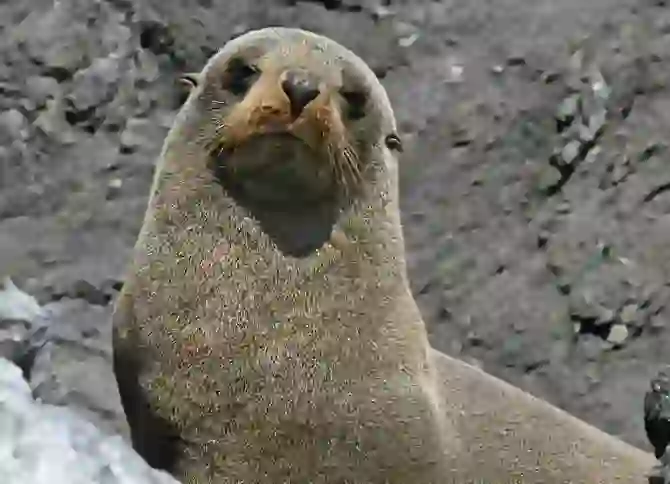
What is the difference between fur seals and seals?
First of all, these two types are classified differently.
Fur seals are classified into the otariidae and seals are classified into the phocidae, so even animals living in the same sea are completely different families.
When you want to tell a fur seal from a seal, pay attention to their posture when they are on land.
Fur seals can lift their bodies with their front legs to raise their upper body and bend their hind legs forward. As a result, fur seals can run on land and move faster than humans on coastlines with poor footing.
Seals, on the other hand, cannot support themselves with their front legs and cannot lift them, and their hind legs cannot be bent forward. Therefore, seals are always lying on the ground and crawl on land.
In addition, fur seals have triangular earlobes, but seals do not have earlobes and have holes in the ears.

What is the difference between fur seals and sea lions?
Fur seals and sea lions are animals of the same otariidae and are very similar in appearance. If you want to tell the difference, you should pay attention to the amount of hair growing on the body.
Fur seals are dressed in very high-quality fur. The quality is such that there is a history of overfishing for fur seal fur hair in the past.
Fur seals have 50 short hairs for one long hair, and sea lions have only about 5 short hairs for one long hair.Therefore, it is good to remember that if it has bushy hair, it is a fur seal, and if it does not, it is a sea lion.
Both fur seals and sea lions have earlobes, but fur seals have slightly larger earlobes.

Can fur seals be kept as pets?
When breeding rare animals at home, it is necessary to follow the established laws in some countries. This time, we will introduce whether it is possible to breed fur seals at home in Japan.
In fact, fur seals are protected by a law enacted in the Meiji era with the difficult name of the "Sea Otters and Fur Seals Hunting Control Act".
Sea Otters and Fur Seals Hunting Control Act stipulates that in order to protect sea otters and fur seals, the capture, processing, sale, and possession of fur are regulated.
When you see that this law was enacted in the Meiji era, when the concept of animal protection was not yet common, and it continues to be in effect today, you can imagine how terrible the overfishing of sea otters and fur seals was.
Because of this law, fur seals cannot be caught unless a person with a special purpose such as research receives permission from the Minister of Agriculture, Forestry and Fisheries.
It is unlikely that permission will be granted for pets, so it is better to consider it impossible to keep fur seals as pets.
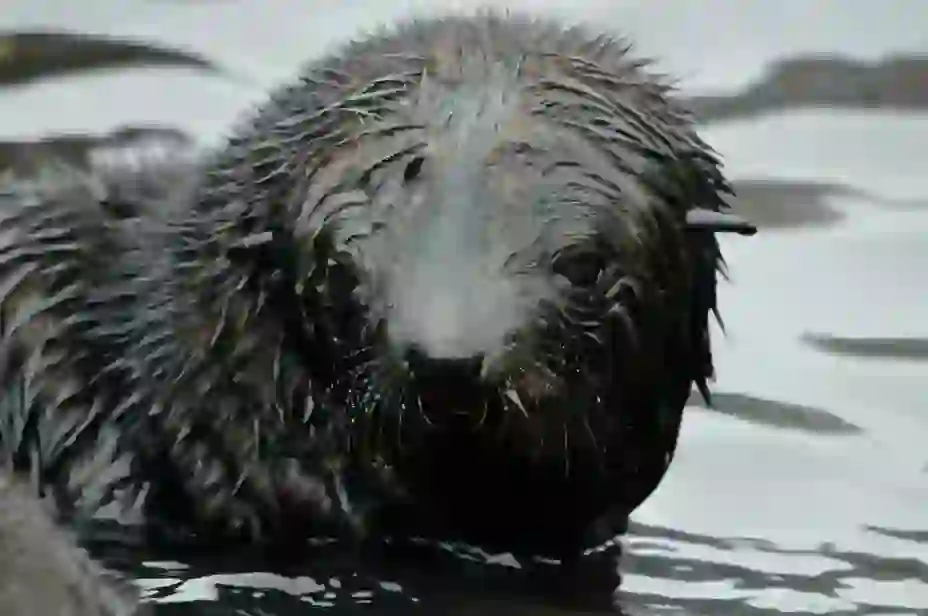
What is the lifespan of a fur seal?
The lifespan of fur seals is said to be about 15 years for males in the wild and about 25~30 years for females.
Males tend to have a shorter lifespan than females, but it is said that the reason for this is that when the breeding season comes, fierce territorial battles between males begin, and maintaining a harem consumes physical strength.
By the way, one male of fur seals flocks with up to 40 females, so not all males can participate in breeding.
Males who have lost territorial battles and older males have since formed a herd and live, but the defeated males do not sit idly by.
They are quietly looking for a chance to participate in breeding. However, unfortunately, many males are not able to participate in breeding even once and end their lives.

What enemies do fur seals have?
Natural enemies of fur seals in the wild are carnivores larger than themselves, orcas and large sharks (such as the great white shark).
However, the biggest enemy of fur seals is not orcas or sharks, but actually us humans.
Fur seals have a sad history of being overfished around the world since around 1700 in order to obtain high-quality fur.
Although "guadalupe fur seal" and "juan fernandez fur seal" were later rediscovered, their numbers decreased to the point where they were thought to have become extinct, and northern fur seals were once on the verge of extinction in the 19th century.
In 1911, countries with a sense of crisis over the drastic decline in the number of fur seals cooperated to establish a treaty called the "Convention for the Protection of Fur Seals", and fur seals were protected internationally.
The capture of fur seals at sea was immediately banned, and in 1985, all catching of fur seals, including on land, was banned. Thanks to the cooperation of these countries, the population of northern fur seals has recovered to about 1.3 million at one point.
As a result of these efforts, fur seals are no longer hunted to the extent that they threaten their species.
However, the number of fish that feed on is decreasing due to human fishing and the effects of global warming, so the number of individuals has not increased, but rather it is said that it is declining in some areas, and it cannot be said that it has completely escaped the danger of extinction.
Therefore, northern fur seals and Galapagos fur seals are still designated as endangered species.
However, in fact, there has been fishery damage in Hokkaido, Japan, where northern fur seals bite through the nets caught and eat the fish inside.
It is not easy to reconcile animal protection and human economic activities, but I hope that we can find a way for fur seals and humans to coexist well.

Would you like to become a part of the 'Animalbook.jp'?
Turn your knowledge into Q&A and share it with the world. ※Publication will be activated after purchase. Let's share information together!
Fur Seal Type of List

Northern fur seal genus. ・Northern Fur Seal
Southern fur seal genus. ・Guadalupe Fur Seal ・South African Fur Seal ・South American Fur Seal ・Subantarctic Fur Seal ・Galapagos Fur Seal ・Juan Fernandez Fur Seal ・Antarctic Fur Seal ・New Zealand Fur Seal
Information
Congratulations! You are the first commenter!

Create Your Favorite List!
Fur Seal
Save the animals you love! Build your own list to quickly revisit your favorites later.

Would you like to leave a comment?
※Please note: This is for the purchase of rights to post comments within the article.
Find Your Favorites!
Our shop offers a unique and attractive selection of goods themed around various animals.
Fur Seal References

- D.W. マクドナルド(1986年)『動物大百科2 海生哺乳類』平凡社
- 新江ノ島水族館「えのすいトリーター日誌 2013/10/12 アシカ入門 4」 https://www.enosui.com/diaryentry.php?eid=02867
- livedoor NEWS「オットセイがサメを捕食 驚きの行動に海洋生物学者たちは困惑」 https://news.livedoor.com/article/detail/9972783/
- 北海道大学 海獣班「オットセイってどんな動物?」 https://hokkaidocean.sakura.ne.jp/research/northernfurseal/
- 毎日新聞「コトバ解説「アシカ」と「オットセイ」と「アザラシ」の違い」 https://mainichi.jp/articles/20110606/mul/00m/040/013000c
- 清田 雅史、米埼 史郎、香山 薫、馬場 徳寿(2011)オットセイの捕獲と取り扱い方法 https://www.jstage.jst.go.jp/article/mammalianscience/51/1/51_1_71/_pdf
- 新江ノ島水族館「えのすいトリーター日記 2020/08/24 この漢字の生き物はなんでしょう ~Final~」 https://www.enosui.com/diaryentry.php?eid=05398
- すみだ水族館「2017.05.03オットセイの鳴き声やアシカとの違いって?魅力徹底解剖!」 https://www.sumida-aquarium.com/column/details/642.html
- アースウォッチ・ジャパン「『アラスカのオットセイ』体験報告書」 https://earthwatch.jp/pj_oversea/pdf/2008alaska_naoki.pdf
- 地方独立行政法人北海道立総合研究機構「試験研究は今 No.878 オットセイ生態把握調査報告」 https://www.hro.or.jp/list/fisheries/marine/att/ima878.pdf
- 桂浜水族館スタッフブログ「オットセイが来た! スタッフやぶ」 https://katurahama-aq.jp/blog/staff/2020/12/22/10641
- ナショナルジオグラフィック「オットセイ」 国立研究開発法人 水産研究・教育機構「おさかなセミナーくしろ2009「北の海のけものたち」」 ナショジオ睡眠「眠りながらも目覚めてる! 半球睡眠とは何か」 https://natgeo.nikkeibp.co.jp/nng/article/20141218/428815/
Fur Seal Introduction of media used

出典:https://pixabay.com/images/id-5887440/

出典:https://unsplash.com/photos/HFJ_peqI6Hg

出典:https://unsplash.com/photos/wcUbvMIKUf0

出典:https://pixabay.com/images/id-93496/
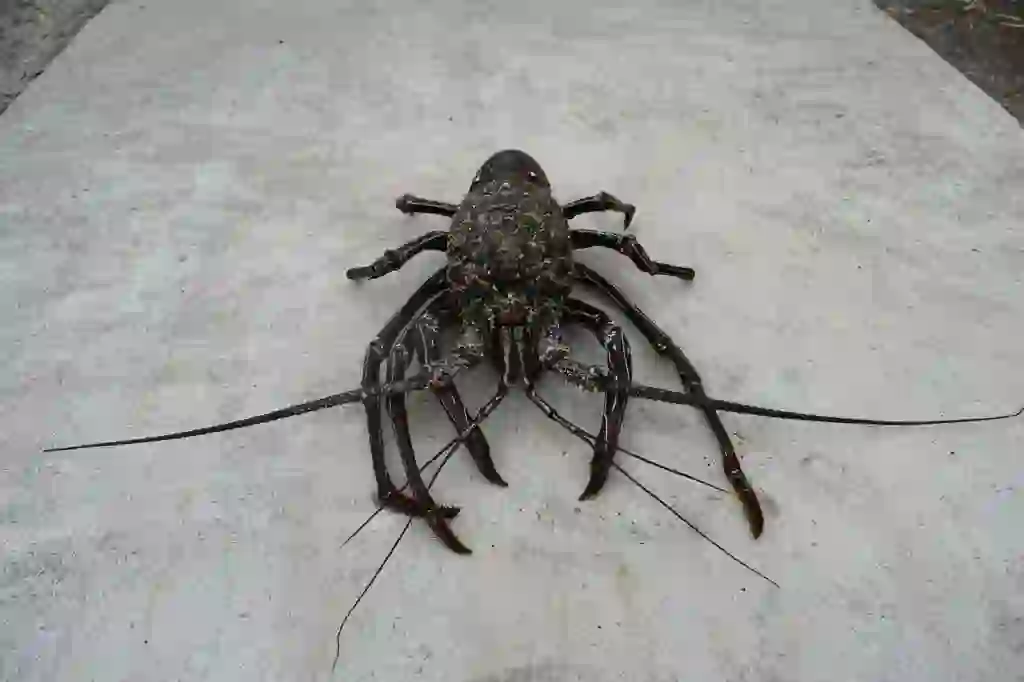
food
出典:https://pixabay.com/images/id-769568/
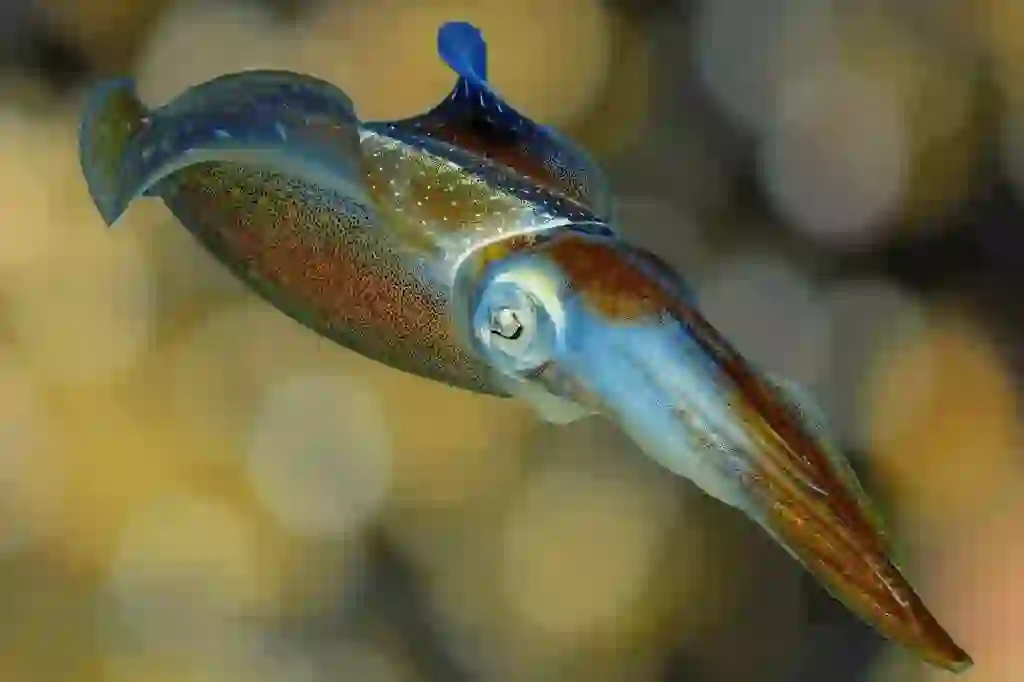
food
出典:https://commons.wikimedia.org/wiki/File:Squid_colors_2.jpg

出典:https://pixabay.com/images/id-93497/

出典:https://pixabay.com/images/id-190433/

出典:https://pixabay.com/images/id-93494/
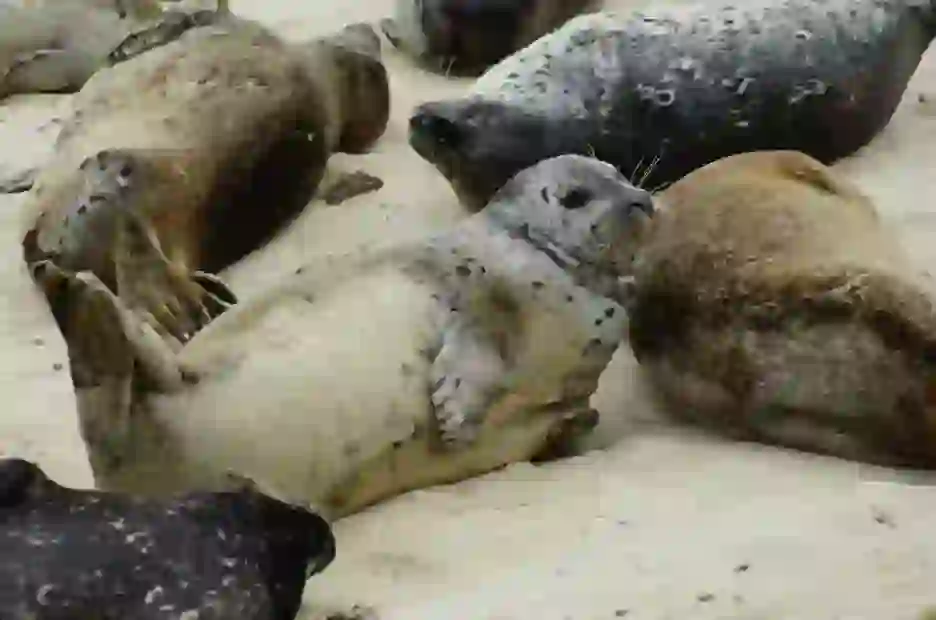
similar
出典:https://unsplash.com/photos/YO-4cEPjUu0

similar
出典:https://pixabay.com/images/id-4771959/
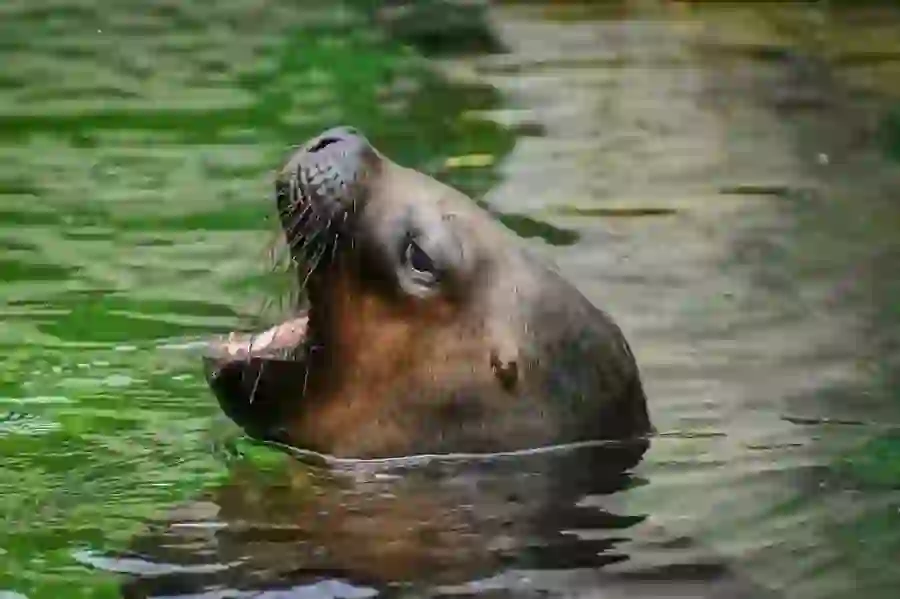
similar
出典:https://pixabay.com/images/id-4547205/

出典:https://unsplash.com/photos/oajraKUY0uQ

出典:https://commons.wikimedia.org/wiki/File:Old_Phocidae.JPG

enemy
出典:https://unsplash.com/photos/sEkE2AWwF7A
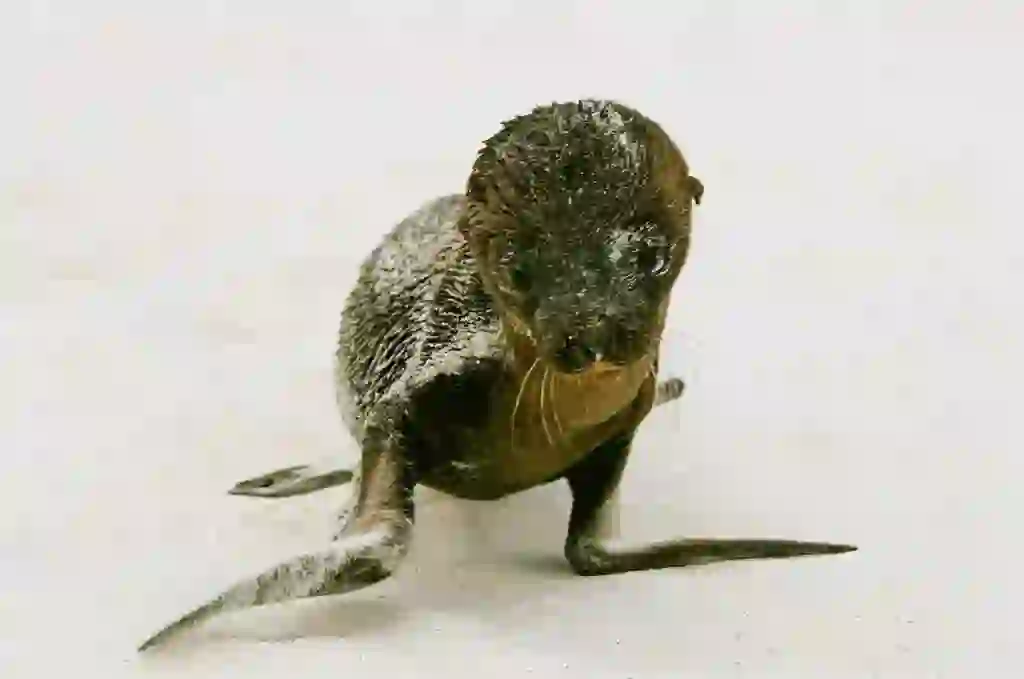
出典:https://unsplash.com/photos/uKD1ebYj2ts

Help Enrich Our Animalbook.jp with Your Media!
We are constantly looking to expand and enrich our Animalbook.jp with amazing photos and videos of animals. If you have any media that you'd like to share, please contribute and help us showcase the beauty and diversity of the animal kingdom. Your submissions will be credited and featured in our encyclopedia, reaching a wide audience of animal lovers.


















